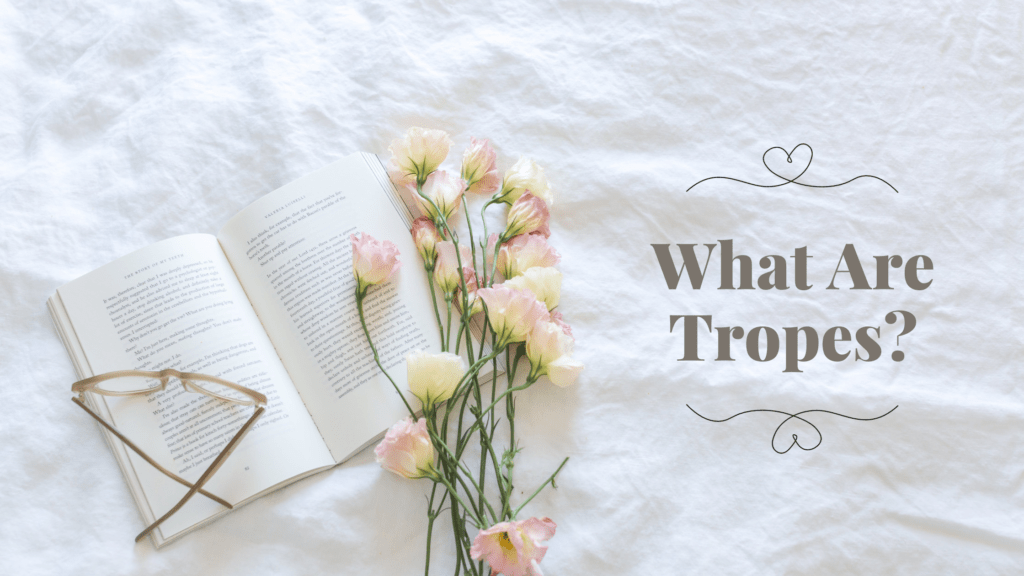What is a trope? – In storytelling and literature, tropes are recurring themes or motifs that are used to convey certain ideas or emotions. They are commonly used to create a sense of familiarity and resonance with readers, as well as to help writers quickly convey complex ideas or concepts without having to explain them in detail. Let us explore what tropes are, why they are used, and some common examples of tropes in popular culture.

At its core, a trope is a common or recurring literary device or theme that can be found in various forms of media, including literature, film, television, and video games. Tropes can take many forms, including plot devices, character archetypes, and recurring themes. They are often used to create a sense of familiarity with readers or viewers, as well as to help writers quickly convey complex ideas or emotions without having to explain them.
One of the most common types of tropes is the character archetype. These are recurring types of characters that are used to represent certain ideas or emotions. For example, the “wise old mentor” is a common character archetype that is used to represent knowledge, experience, and guidance. Another common archetype is the “hero,” which is used to represent bravery, selflessness, and determination.
Tropes can also take the form of plot devices. These are recurring plot elements or twists that are used to create tension or drama in a story. For example, the “unexpected twist” is a common plot device that is used to create surprise and suspense in a story. Another common plot device is the “cliffhanger,” which is used to create anticipation and excitement for the next installment of a story.
In addition to character archetypes and plot devices, tropes can also take the form of recurring themes or motifs. For example, the “coming of age” trope is a common theme in literature and film that is used to explore growing up and finding one’s place in the world. Another common theme is the “man vs. nature” trope, which is used to explore the relationship between humans and the natural world.
While tropes are often criticized for being cliché or unoriginal, they can be a powerful tool for writers and storytellers. By using familiar tropes and archetypes, writers can create a sense of resonance and familiarity with readers or viewers, making it easier for them to engage with the story. Additionally, tropes can be used to subvert expectations or explore familiar themes in new and interesting ways.
One example of a popular trope in recent years is the “chosen one” trope. This is a common character archetype in which fate or destiny chooses the protagonist to save the world or accomplish a great task. We can see this trope in many popular franchises, including Harry Potter, The Lord of the Rings, and Star Wars.
Another common trope is the “love triangle.” This is a plot device in which a protagonist must choose between two love interests, creating tension and drama within the story. We can see this trope in many popular television shows and films, including Twilight, The Hunger Games, and The Vampire Diaries.
While tropes can be a useful tool for writers and storytellers, it is important to use them in moderation and to avoid relying too heavily on them. Overusing them can lead to predictability and cliché, which can detract from the impact of the story. Instead, writers should strive to use tropes in new and interesting ways, subverting expectations and exploring familiar themes in new and unique ways.